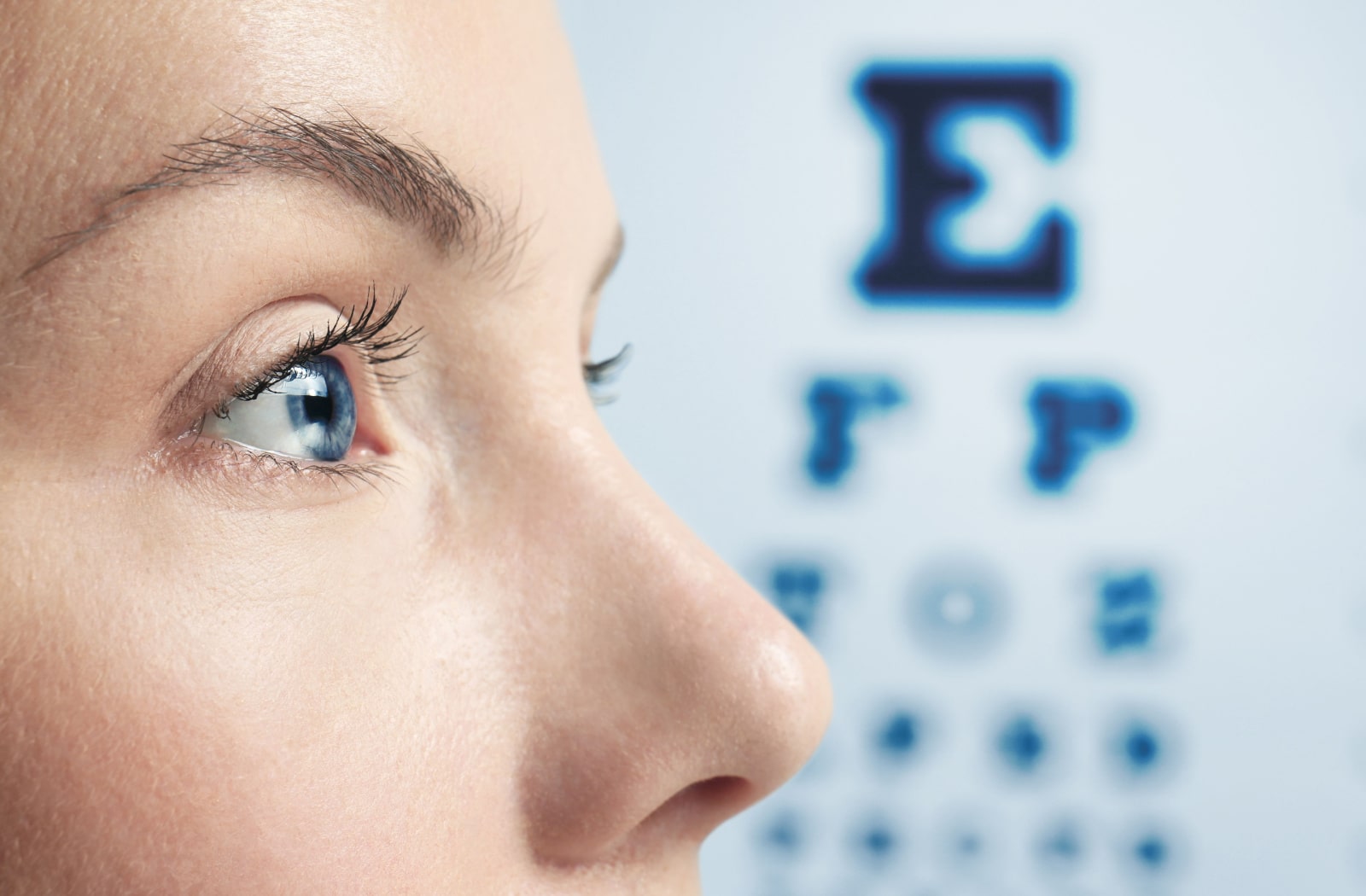All Categories
Featured
Table of Contents

Regular eye evaluations are important for maintaining excellent vision and finding possible eye health and wellness issues early. The frequency of these exams can vary dramatically based on a person's age, way of living, and general health and wellness. Comprehending the suggested routine for eye examinations can assist make sure that people of all ages receive suitable care and monitoring for their eye health and wellness.
Infants and Toddlers (0-2 Years)
For infants and toddlers, eye exams are critical for detecting any possible vision problems early on. The American Academy of Ophthalmology suggests that a kid's initial eye exam should take place at around six months old. During this first go to, the eye treatment professional will examine the youngster's visual growth and look for any kind of noticeable eye problems.Following this very first exam, it is advised that youngsters have an additional eye examination at age three. This see will certainly concentrate on evaluating the kid's total visual feature, consisting of eye positioning and the capability to track things. If no concerns are discovered, the following examination ought to be scheduled before the kid begins college, generally around age 5 or six.
School-Aged Kids (6-18 Years)
Regular eye tests must be scheduled every one to 2 years when youngsters get to college age. Vision is vital for finding out and advancement, and lots of institutions perform vision screenings. However, these testings do not change an extensive eye test by an eye treatment expert.For kids included in sporting activities or tasks needing substantial aesthetic emphasis, yearly eye examinations might be advisable. Furthermore, if a youngster exhibits signs of vision problems-- such as trouble reviewing, scrunching up your eyes, or constant frustrations-- a browse through to the eye physician ought to be scheduled asap.
Young Grownups (19-39 Years)
Young person usually have fewer vision modifications than older age groups, however routine eye tests continue to be crucial. The basic recommendation is to set up an eye examination every two years throughout this period. People with specific threat factors-- such as a family background of eye illness, diabetes mellitus, or those that wear call lenses-- should think about annual eye tests.Furthermore, those that invest significant time on digital tools may experience digital eye pressure. If symptoms such as dry skin, fatigue, or blurred vision happen, it might be sensible to see an eye care specialist faster.
Adults (40-64 Years)
As people enter midlife, the likelihood of establishing vision problems boosts. Adults aged 40 to 64 must set up eye examinations each to two years. This age group might begin to experience presbyopia, a natural age-related condition that makes it challenging to concentrate on close things. Eye exams can also aid find various other typical age-related problems such as glaucoma, cataracts, and macular degeneration.If individuals in this age have danger variables such as hypertension or diabetes, they may need more constant evaluations to monitor their eye health and wellness closely.
Senior Citizens (65 Years and Older)
For senior citizens, routine eye exams end up being a lot more critical. The American Optometric Association recommends that individuals matured 65 and older have an eye exam at the very least once a year. Older adults go to a higher risk for numerous eye conditions, consisting of cataracts, glaucoma, and age-related macular deterioration. Early detection and treatment of these conditions can prevent vision loss and improve the quality of life.Final thought.
Comprehending the appropriate timetable for eye exams based upon age is essential for maintaining optimal eye health and wellness throughout life. From infants to senior citizens, routine eye evaluations play a crucial function in spotting concerns early and guaranteeing that vision stays sharp. By sticking to these guidelines and talking to an eye care professional, individuals can take aggressive steps towards preserving their vision and total health and wellness. Whether it's a child's initial see or an elderly's yearly check-up, prioritizing eye care is a financial investment in lifelong well-being.Table of Contents
Latest Posts
Selecting the Right Venue: What to Take into consideration for Wedding Celebrations, Conferences, and Occasions
Published Mar 15, 25
1 min read
Selecting the Right Place: What to Think about for Wedding Celebrations, Seminars, and Events
Published Mar 03, 25
1 min read
Living Space Furnishings Styles
Published Jan 24, 25
0 min read
More
Latest Posts
Selecting the Right Venue: What to Take into consideration for Wedding Celebrations, Conferences, and Occasions
Published Mar 15, 25
1 min read
Selecting the Right Place: What to Think about for Wedding Celebrations, Seminars, and Events
Published Mar 03, 25
1 min read
Living Space Furnishings Styles
Published Jan 24, 25
0 min read